



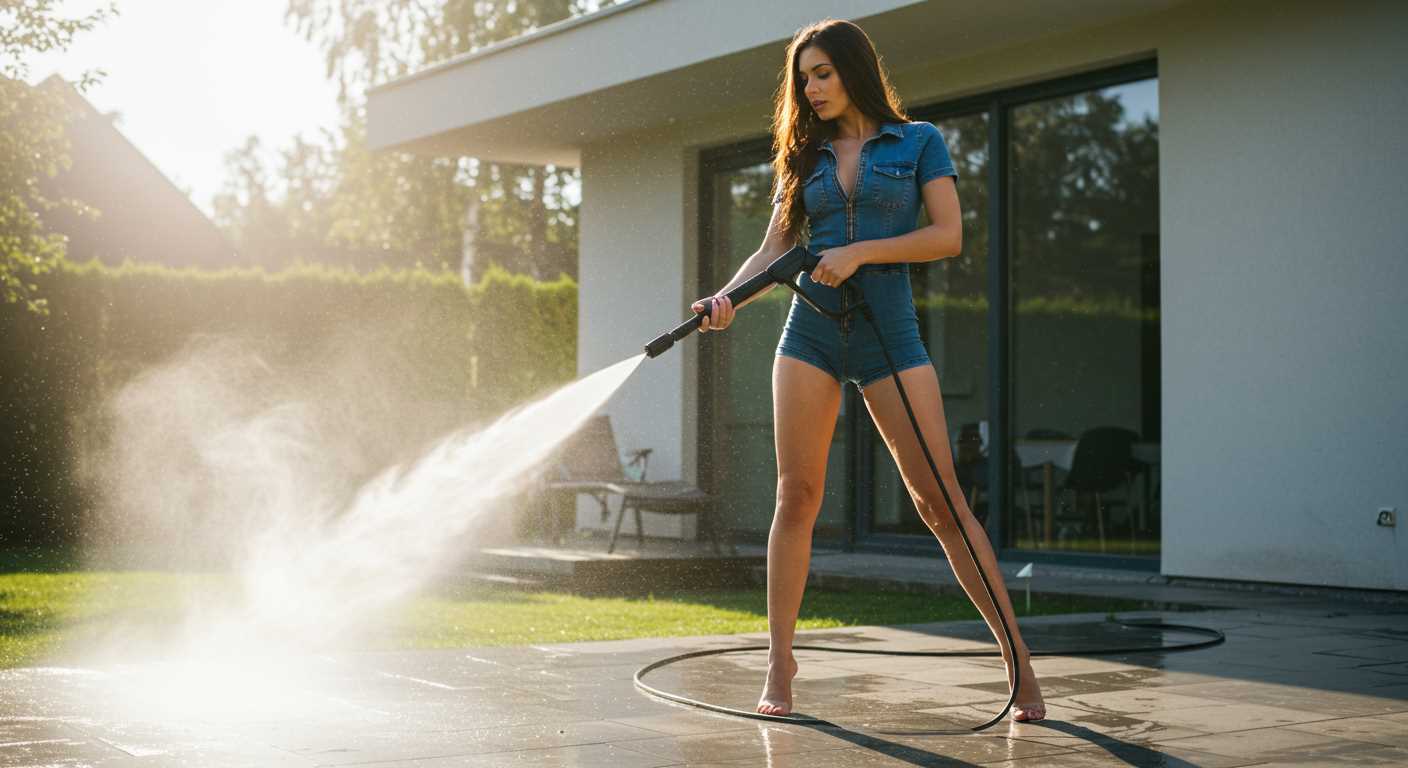
For effective outdoor cleaning, the consumption of around 2 to 3 gallons per minute is typical for most models. This equates to approximately 120 to 180 gallons in a single hour. Understanding this can help householders and professionals alike plan their water usage efficiently. If you’re considering a purchase or already own one of these machines, the flow rate is a key specification to keep in mind.
In my years of working with various cleaning devices, I’ve seen the impact of flow rates on both performance and water bills. For instance, lower-end units might consume less liquid but often require more time and effort to achieve results. On the other hand, premium models, while consuming more, can drastically reduce cleaning time and enhance overall efficiency. This is especially noticeable in larger cleaning tasks like driveways or decks.
Maintenance also plays a significant role in optimising usage. Keeping the inlet filter clean and ensuring there are no leaks can lead to better performance and potentially lower consumption. I’ve often advised clients to regularly check their equipment; it not only prolongs the life of the machine but also ensures they’re getting the best out of every drop. By being mindful of these aspects, one can not only save water but also enhance the longevity and effectiveness of their cleaning equipment.
Estimating Consumption of a High-Pressure Cleaner
In my extensive experience with various models, I’ve found that a typical high-pressure unit can draw anywhere from 6 to 12 litres every minute. This translates to approximately 360 to 720 litres in a span of 60 minutes. The exact figures can vary based on the specific equipment and the task at hand.
Factors Influencing Liquid Intake
Several elements impact the volume of liquid a machine will draw:
- Nozzle Size: The type of nozzle significantly affects flow. Wider nozzles tend to increase liquid output.
- Pressure Settings: Operating at higher settings can lead to greater consumption, though it’s essential to balance this with the cleaning requirement.
- Condition of the Equipment: Well-maintained devices typically operate more efficiently, reducing unnecessary intake.
Practical Applications
For instance, while cleaning a patio, I noticed that using a narrower nozzle at a lower pressure resulted in less liquid usage without sacrificing effectiveness. This not only saved resources but also improved the cleaning time.
| Type of Equipment | Average Consumption (litres/minute) | Hourly Total (litres) |
|---|---|---|
| Entry-level Model | 6 | 360 |
| Mid-range Model | 8 | 480 |
| High-end Model | 12 | 720 |
Always consider your specific needs; optimising settings can lead to significant savings in liquid consumption while achieving great results.
Understanding Pressure Washer Flow Rates
Flow rates typically range from 1.5 to 5 gallons per minute (GPM). This figure is crucial for selecting the right model for specific tasks. A unit with a higher flow rate can clean larger areas more quickly, but it may also consume more resources. For instance, when tackling heavy grime on driveways, a washer with a flow rate of 4 GPM is often ideal, drastically reducing cleaning time.
Factors Influencing Flow Rates
Several elements impact flow rates. The nozzle size plays a significant role; narrower nozzles increase pressure but decrease flow, while wider nozzles allow for greater volume. Additionally, the source of supply affects performance. A standard residential tap may limit flow, whereas a dedicated line can enhance output. I recall a job where switching to a larger hose drastically improved efficiency, highlighting the importance of proper setup.
Choosing the Right Model
When selecting a model, consider the intended applications. For light-duty tasks, a unit with a flow rate of around 1.5 to 2.5 GPM suffices. However, for heavy-duty cleaning, opt for machines that deliver 3.5 GPM or more. Always assess the balance between pressure and flow; too much pressure with low flow may lead to ineffective cleaning, while high flow with low pressure can waste resources without adequate cleaning power.
In my experience, understanding these dynamics helps in making informed choices, ensuring that every cleaning task is executed efficiently and effectively.
Factors Influencing Water Consumption
Different parameters significantly impact the amount of fluid expelled while cleaning. One prominent aspect is the nozzle type. A narrower nozzle increases pressure but decreases the volume, while a wider nozzle allows for greater flow but at reduced pressure. Choosing the right nozzle based on the task can optimise performance and consumption.
The machine’s design plays a vital role as well. Units with higher flow ratings naturally expel more liquid during operation. When selecting equipment, consider the specified flow rate and its suitability for your intended tasks.
Environmental conditions can also affect fluid usage. For instance, cleaning in humid conditions may require less liquid due to the increased effectiveness of soaps and detergents, which can create a better lather with minimal rinsing. Conversely, dusty or dirty surfaces may demand more fluid for effective removal of grime.
The nature of the surface being cleaned is another determinant. Porous materials, such as concrete, often absorb more liquid, necessitating a higher volume for effective cleaning. On the other hand, smooth surfaces might require less to achieve the desired cleanliness.
Lastly, the operator’s technique cannot be overlooked. Consistent and efficient movements can reduce the overall time spent cleaning, thereby limiting the amount of liquid needed. Practising effective methods can lead to notable savings in both time and resources.
For those pondering pet ownership, consider the responsibilities and requirements involved. Check out this insightful article on whether you can have a dog without a fence in the UK: can i have a dog without a fence uk.
Comparing Different Pressure Washer Models
When selecting a model, consider the specific tasks it will tackle. For example, electric units typically consume less liquid than their gas counterparts. An electric variant may offer a flow rate of around 1.2 GPM (gallons per minute), while a gas model could range from 2.5 to 4 GPM. This discrepancy leads to different consumption levels during operation.
In my experience, the Sun Joe SPX3000 is a solid choice for homeowners. It operates at 1.76 GPM, providing an excellent balance between power and efficiency. This model is particularly effective for cleaning patios and vehicles without excessive liquid waste. If you’re looking for something more robust, the Generac 7019 delivers 2.4 GPM, making it ideal for larger outdoor projects.
It’s worth mentioning that some models pair well with accessories, such as a car wash foam cannon for pressure washer. This attachment can enhance cleaning by applying soap more efficiently, allowing for better results while potentially reducing overall consumption. The foam helps lift dirt quicker, meaning less time spent rinsing.
In terms of portability, electric models are lighter and easier to manoeuvre, while gas units offer more power and longer operational time. However, those looking for a combination of mobility and performance might find dual-purpose models appealing, striking a balance between efficiency and flow rate.
Ultimately, the choice will depend on the scale of your cleaning tasks and your preference for convenience or power. Weighing these factors will guide you to the ideal model for your needs.
Calculating Water Usage for Specific Tasks
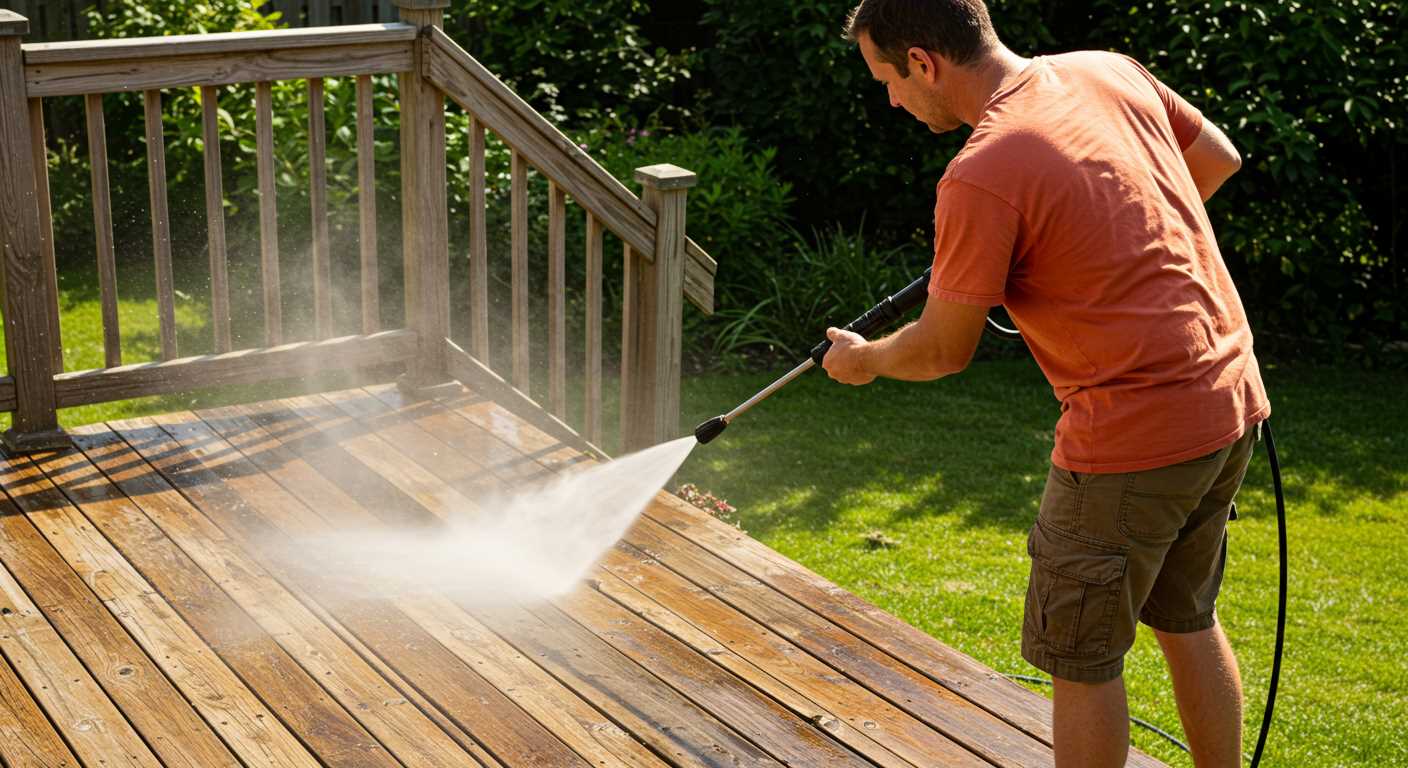
To estimate the liquid consumption for various cleaning activities, you can rely on the flow rate of the equipment you’re using. For instance, if you’re tackling a driveway, a model with a flow rate of 8 litres per minute will consume approximately 480 litres in an hour. This figure can vary based on the dirt and surface type, but it’s a solid baseline for planning.
For cleaning vehicles, a lower flow rate is often sufficient. A typical unit may use around 6 litres per minute, translating to 360 litres in 60 minutes. Given the delicate nature of car surfaces, this amount helps conserve resources while still achieving a thorough clean.
When it comes to patios or decks, the rate can spike due to larger areas and stubborn grime. Expect to see around 10 litres per minute, which adds up to 600 litres hourly. Always assess the level of dirt; sometimes, a pre-soak can greatly reduce the total amount needed for effective cleaning.
For softer tasks, such as cleaning garden furniture, a more moderate flow rate of about 5 litres per minute is typically sufficient, leading to a total of 300 litres in an hour. This method is gentle yet effective, ensuring your furniture remains unharmed while still looking pristine.
Knowing these estimates is key for planning your cleaning tasks efficiently. By understanding how different surfaces and dirt types affect liquid consumption, you can make informed decisions that optimise your time and resources. This not only saves you money but also ensures you’re environmentally conscious with your cleaning practices.
Environmental Impact of Water Usage
Reducing the ecological footprint of cleaning operations is crucial. During my years in the industry, I’ve seen how the choice of equipment can either conserve resources or waste them. For example, opting for models with adjustable flow rates can make a significant difference. I recall a project where we switched to a machine that allowed for fine-tuning the output. The result? A noticeable drop in consumption without sacrificing performance.
Conservation Strategies
Implementing conservation strategies is straightforward. First, always assess the task at hand. I’ve often used a nozzle that optimises the spray pattern, achieving maximum cleaning efficiency while minimising the liquid needed. This approach not only preserves resources but also lowers costs for the end-user. Another strategy is to collect runoff for reuse; I’ve seen this in action during larger cleaning jobs, where capturing and recycling the fluid proved beneficial.
Community Awareness and Practices
Encouraging awareness within the community can amplify positive change. In my experience, sharing tips on responsible usage with clients can lead to more sustainable habits. Workshops on effective techniques not only educate but also foster a culture of conservation. I remember hosting a session where we discussed the impact of high-flow models and the benefits of selecting the right equipment. It was rewarding to see attendees make informed decisions that would contribute to long-term sustainability.
Every drop counts, and with thoughtful choices, we can significantly mitigate our environmental impact while maintaining the effectiveness of our cleaning efforts.
Tips for Reducing Water Consumption
One effective way to minimise liquid usage is by employing a nozzle with adjustable spray settings. By switching to a narrower jet, you can achieve the same cleaning results while using significantly less fluid. In my experience, this simple adjustment can cut consumption in half during routine tasks.
Timing and Technique
- Always pre-soak surfaces with a detergent solution before rinsing. This allows dirt to loosen up, requiring less force and liquid for effective removal.
- Work methodically. Focus on one area at a time, ensuring thorough cleaning without excessive overlap that leads to wastage.
- Utilise a sweeping motion rather than a static approach. This not only saves liquid but also enhances your efficiency.
Maintenance and Preparation
- Regularly check and maintain your equipment. A well-maintained unit operates optimally, which can lead to reduced liquid consumption.
- Set up a collection system for runoff. Direct the excess fluid into a container for reuse on gardens or other cleaning tasks.
- Consider scheduling cleaning tasks during cooler parts of the day. This can prevent evaporation losses, allowing you to achieve more with less.
After years of testing and using various models, the difference these small adjustments make is remarkable. It’s all about being smart with your approach and having the right tools at your disposal.
Maintenance Practices for Optimal Performance
Regular upkeep can significantly enhance the longevity and functionality of your cleaning equipment. Here are essential practices I recommend based on years of hands-on experience.
Routine Inspections
- Check hoses for any signs of wear or cracks. A damaged hose can lead to leaks and decreased pressure.
- Inspect fittings and connections to ensure they are tight and free from corrosion.
- Look for debris in the inlet screen. Clearing this can prevent clogs and maintain an efficient flow.
Cleaning and Storage
- Drain the tank and lines after each session to prevent stale fluid buildup which can affect performance.
- Store the unit in a cool, dry place to protect it from extreme temperatures.
- Use a cover to shield the equipment from dust and moisture when not in use.
Regularly replacing filters and checking the spray nozzles for blockages can also help maintain optimal functionality. I’ve found that investing a little time in these practices pays off in the long run, ensuring the machine operates at peak performance and reduces the likelihood of costly repairs.
Professional Servicing
- Consider having your equipment serviced by a professional at least once a year, especially if it’s used frequently.
- During servicing, professionals can identify potential issues before they escalate into major problems.
By implementing these maintenance practices, you’ll not only extend the lifespan of your equipment but also improve its efficiency, saving you time and resources in your cleaning tasks.
When to Consider Professional Pressure Washing Services
Opt for expert cleaning when tackling extensive areas such as driveways or patios. I’ve witnessed the difference a skilled team can make, especially with stubborn stains and ingrained dirt that require more than just basic equipment.
Complex Surfaces and Materials
Certain materials, like delicate brick or historic stone, call for specialised techniques. I recall a job where my amateur efforts led to damage on an old brick facade. A professional’s touch not only protected the integrity of the surface but also restored its appearance without causing harm.
Time and Convenience
If your schedule is packed, outsourcing the task can save you significant effort. I’ve seen customers who initially planned to DIY realise they underestimated the time commitment. Hiring a service not only frees up your day but ensures the job is done efficiently, allowing you to focus on other priorities.
FAQ:
How much water does a typical pressure washer use in an hour?
A standard pressure washer typically uses between 1.5 to 2.5 gallons of water per minute. This translates to approximately 90 to 150 gallons per hour, depending on the model and its settings. Higher-end models may use slightly more water, while more energy-efficient ones will use less.
Are there ways to reduce water usage when using a pressure washer?
Yes, there are several methods to reduce water consumption while using a pressure washer. First, you can adjust the nozzle to a narrower spray, which uses less water while maintaining pressure. Additionally, using the pressure washer for the required time and not letting it run unnecessarily can save water. Lastly, some models come with eco-friendly settings that optimise water use.
How does water usage vary between different types of pressure washers?
Water usage can vary significantly between electric and petrol pressure washers. Electric models generally use less water, averaging around 1.5 gallons per minute, while petrol models can use up to 2.5 gallons per minute or more, depending on their power and pressure levels. The intended use also affects water consumption; for instance, heavy-duty cleaning tasks may require more water than light cleaning jobs.
Is it possible to use a pressure washer with a water-saving attachment?
Yes, many pressure washers can be fitted with water-saving attachments or nozzles designed to reduce water flow while maintaining cleaning power. These attachments often focus the water stream more effectively, allowing for efficient cleaning with less water consumption. Always check compatibility with your specific pressure washer model before purchasing any attachments.
What factors influence the amount of water used by a pressure washer?
Several factors can influence water usage in a pressure washer. The type of machine (electric or petrol), the power rating, the chosen nozzle, and the cleaning task can all affect water consumption. For example, a wider spray pattern will generally use more water than a narrow one. Additionally, the pressure setting selected on the machine can impact water usage, with higher pressure often leading to increased flow rates.
How much water does a typical pressure washer consume per hour?
A standard pressure washer typically uses between 3 to 4 gallons of water per minute, which translates to approximately 180 to 240 gallons per hour. However, the exact amount can vary based on the model and its settings. Some more powerful units may use even more water, while smaller, less powerful models may use less.

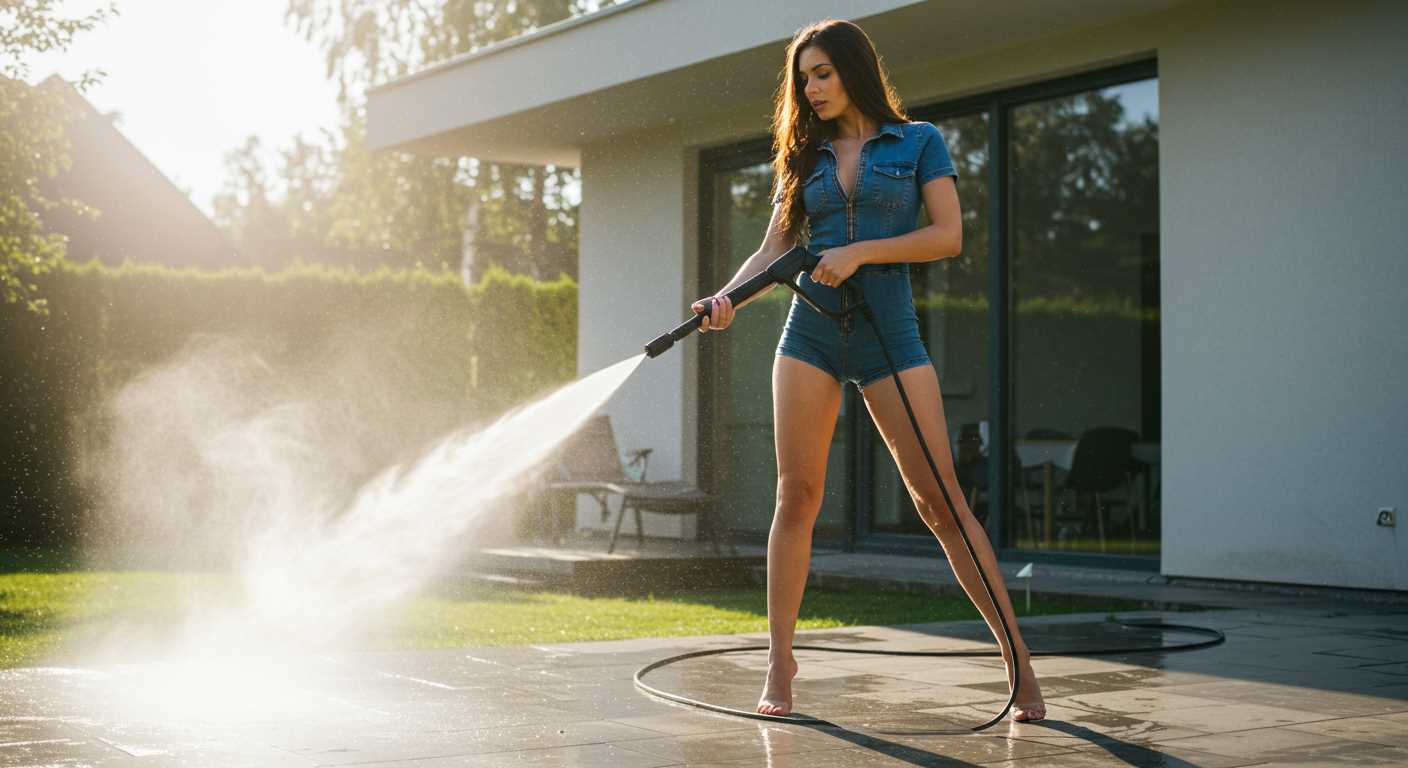



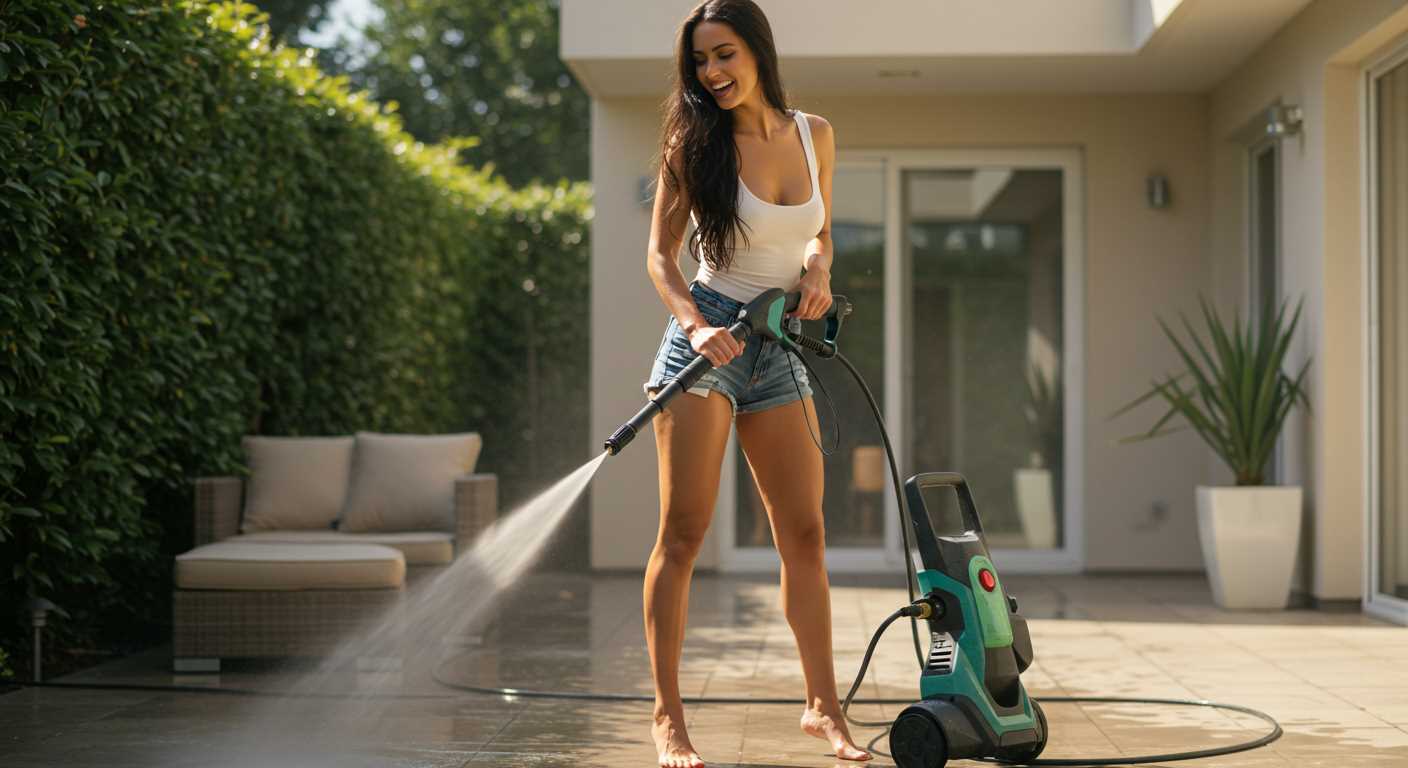
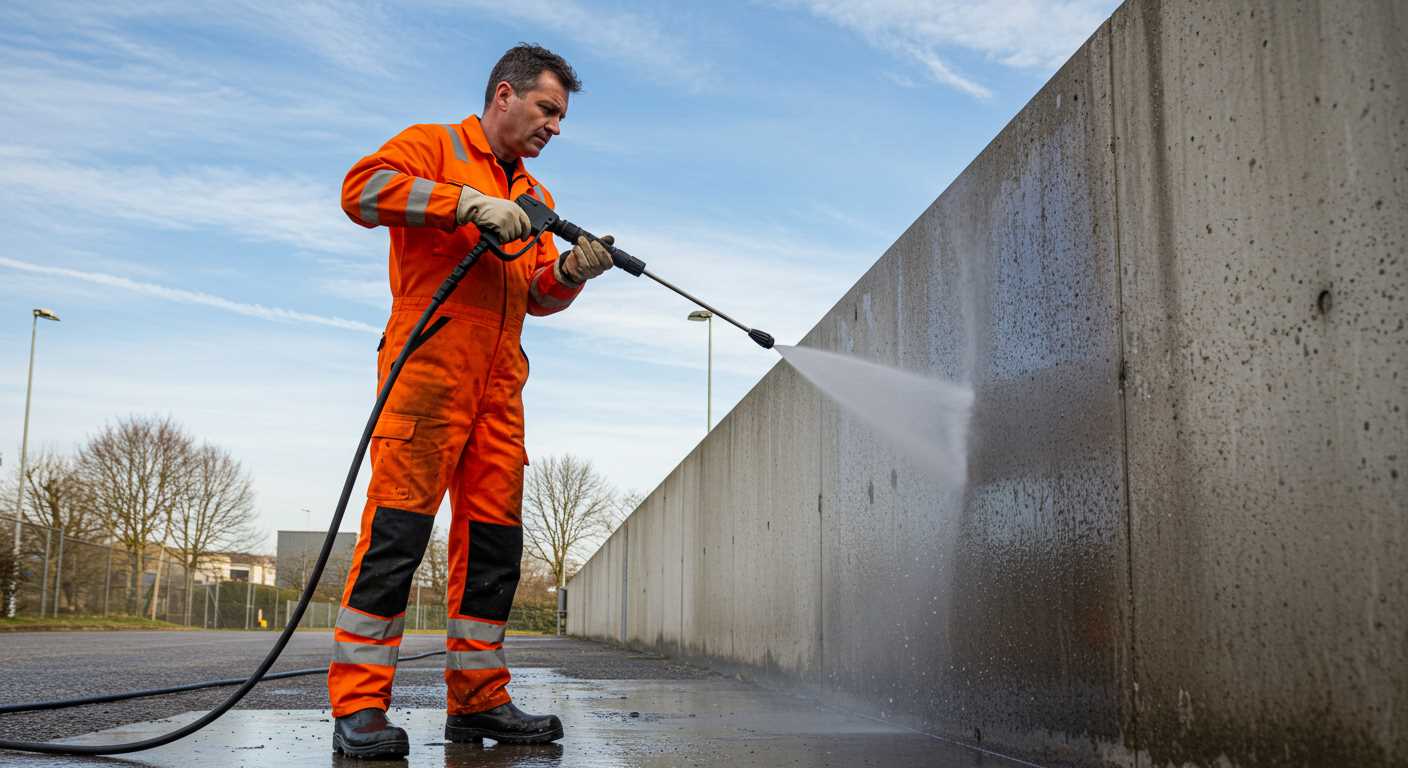
.jpg)


